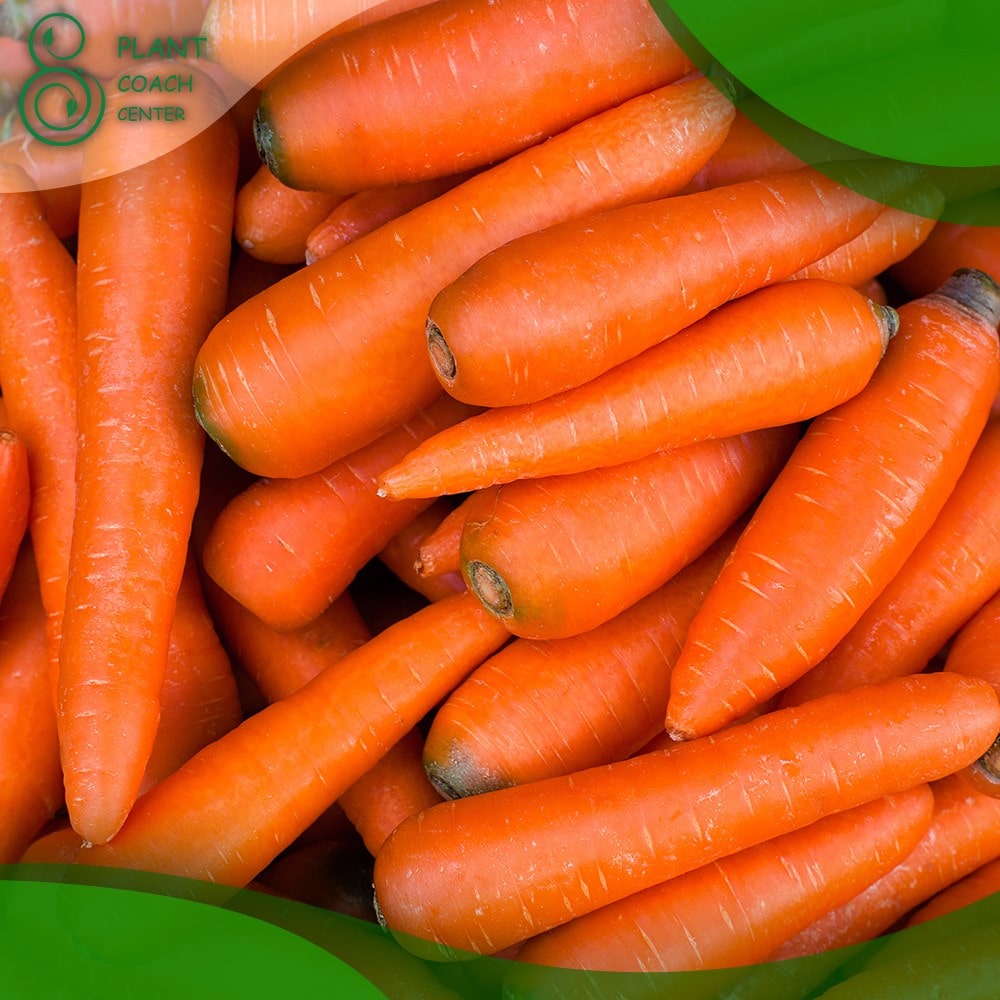When Can You Plant Carrots
Carrots are a popular and nutritious vegetable that can be grown in a variety of climates and soil types. However, knowing when to plant carrots is essential to ensuring a successful harvest. In this article, we’ll explore the best time to plant carrots, as well as the factors to consider and common problems that you may encounter.
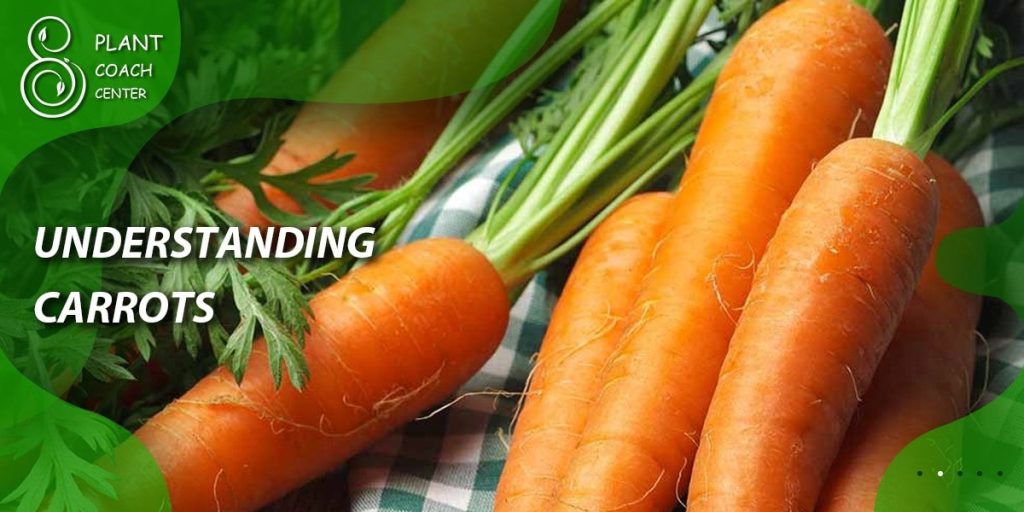
Understanding Carrots
Before we dive into the planting process, let’s take a closer look at carrots.
History and Origin of Carrots
Carrots have been cultivated for thousands of years and are believed to have originated in Afghanistan. The first carrots were likely purple or yellow and were primarily used for medicinal purposes. It wasn’t until the 17th century that orange carrots were developed in the Netherlands.
Types and Varieties of Carrots
Today, there are hundreds of carrot varieties that come in different shapes, sizes, and colors. Some of the most popular varieties include:
– Nantes: a sweet, cylindrical carrot that is easy to grow
– Chantenay: a shorter, stubbier carrot that is ideal for container gardens
– Imperator: a long, tapered carrot that is best suited for deep, loose soil
– Danvers: a medium-sized carrot that is resistant to cracking and splitting
– Purple Haze: a deep purple carrot that is high in antioxidants
Nutritional Benefits of Carrots
Carrots are an excellent source of vitamins, minerals, and fiber. They are particularly high in beta-carotene, which is converted to vitamin A in the body and is essential for healthy vision, skin, and immune system function. Carrots are also low in calories and have a low glycemic index, making them a great food for weight loss and blood sugar regulation.
Factors to Consider When Planting Carrots
Now that we have a better understanding of carrots, let’s discuss the factors to consider when planting them.
Climate and Weather Conditions
Carrots are a cool-season crop that prefers mild temperatures between 60-70°F (15-21°C). They can tolerate light frost but may struggle in extreme heat or cold. Additionally, carrots need consistent moisture to grow properly, so it’s important to choose a planting time when rainfall is moderate or to water regularly if necessary.
Soil Type and Quality
Carrots grow best in well-draining, sandy loam soil that is rich in organic matter. Soil that is too heavy or compacted can lead to misshapen or stunted carrots. To prepare the soil for planting, loosen it to a depth of at least 12 inches (30 cm) and amend it with compost or well-rotted manure.
Sunlight and Shade
Carrots need at least six hours of direct sunlight per day to thrive. However, they can also tolerate partial shade, especially in hot climates where full sun may be too intense. If planting in a partially shaded area, choose a variety that is known to perform well in those conditions.
Watering and Drainage
As mentioned earlier, carrots need consistent moisture to grow properly. However, they also require good drainage to prevent waterlogged soil, which can lead to root rot and other diseases. To achieve the right balance, water deeply once or twice a week, depending on the weather, and make sure the soil drains well.
Companion Planting
Companion planting is the practice of growing different crops together to benefit each other in some way. When it comes to carrots, some good companion plants include:
– Radishes: They grow quickly and help break up soil, making it easier for carrots to grow.
– Onions: They repel carrot flies, which can damage carrot roots.
– Lettuce: They provide shade for young carrot plants and help retain moisture in the soil.
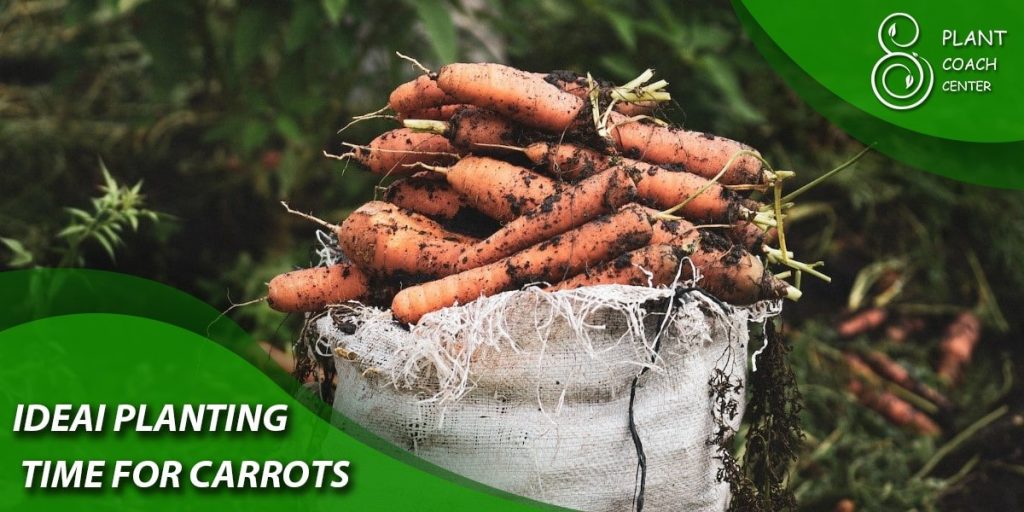
Ideal Planting Time for Carrots
Carrots can be planted in the spring, summer, or fall, depending on your climate and the variety of carrot you choose. Let’s take a closer look at each season.
Spring Planting
Spring is a popular time to plant carrots, especially in cooler climates. Here are some tips for successful spring planting:
Best Time to Plant Carrots in Spring
The ideal time to plant carrots in the spring is two to three weeks before the last frost date in your area. In general, this will be around mid- to late April in most regions.
Preparing the Soil for Spring Planting
To prepare the soil for spring planting, follow these steps:
- Test the soil pH and amend it if necessary to achieve a pH between 6.0 and 7.0.
- Remove any rocks, weeds, or other debris from the planting area.
- Loosen the soil to a depth of at least 12 inches (30 cm) using a garden fork or tiller.
- Mix in compost or well-rotted manure to improve soil fertility.
Tips for Successful Spring Planting
To ensure a successful spring planting, keep these tips in mind:
– Sow carrot seeds directly in the garden bed, as they do not transplant well.
– Plant seeds 1/4 to 1/2 inch (0.6 to 1.3 cm) deep and 1 inch (2.5 cm) apart.
– Water deeply after planting and keep the soil moist but not waterlogged.
– Thin the seedlings once they are about 1 inch (2.5 cm) tall, leaving about 2-3 inches (5-7.5 cm) between each plant.
– Mulch around the plants to help retain moisture and control weeds.
Summer Planting
Summer is a bit trickier for growing carrots, as they prefer cooler temperatures. However, with some extra care, you can still have a successful harvest. Here’s what you need to know:
Best Time to Plant Carrots in Summer
The best time to plant carrots in the summer depends on your climate. In general, you should aim to plant them during the coolest part of the day, either early morning or late afternoon. This will help prevent the seeds from drying out in the heat.
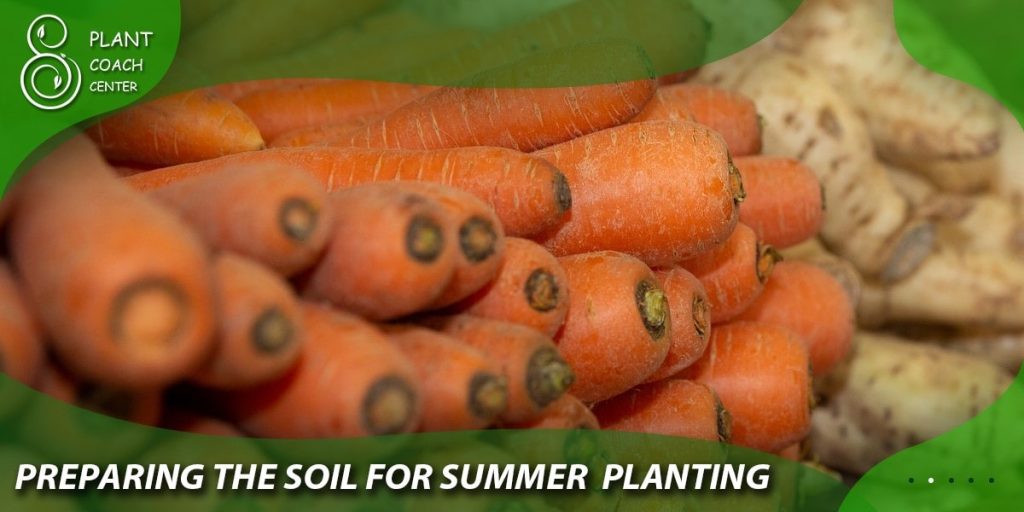
Preparing the Soil for Summer Planting
To prepare the soil for summer planting, follow these steps:
- Choose a planting location that receives partial shade, especially in hot climates.
- Loosen the soil to a depth of at least 12 inches (30 cm) and amend it with compost or well-rotted manure.
- Water deeply a day or two before planting to ensure the soil is moist.
Tips for Successful Summer Planting
To ensure a successful summer planting, keep these tips in mind:
– Sow carrot seeds directly in the garden bed, as they do not transplant well.
– Plant seeds 1/4 to 1/2 inch (0.6 to 1.3 cm) deep and 1 inch (2.5 cm) apart.
– Water deeply and frequently, as carrots need consistent moisture to grow properly.
– Use shade cloth or row covers to protect young plants from the sun.
– Mulch around the plants to help retain moisture and control weeds.
Fall Planting
Fall is another popular time to plant carrots, especially in regions with mild winters. Here’s what you need to know:
Best Time to Plant Carrots in Fall
The best time to plant carrots in the fall is about 10-12 weeks before the first expected frost date in your area. In general, this will be around mid- to late August in most regions.
Preparing the Soil for Fall Planting
To prepare the soil for fall planting, follow these steps:
- Remove any rocks, weeds, or other debris from the planting area.
- Loosen the soil to a depth of at least 12 inches (30 cm) using a garden fork or tiller.
- Mix in compost or well-rotted manure to improve soil fertility.
Tips for Successful Fall Planting
To ensure a successful fall planting, keep these tips in mind:
– Sow carrot seeds directly in the garden bed, as they do not transplant well.
– Plant seeds 1/4 to 1/2 inch (0.6 to 1.3 cm) deep and 1 inch (2.5 cm) apart.
– Water deeply after planting and keep the soil moist but not waterlogged.
– Mulch around the plants to help retain moisture and control weeds.
– Harvest the carrots before the ground freezes, or cover them with a thick layer of mulch to protect them from the cold.
Common Problems When Planting Carrots
Despite your best efforts, you may encounter some problems when planting carrots. Here are some common issues and how to prevent or troubleshoot them.
Pests and Diseases
Carrots are susceptible to a variety of pests and diseases, including:
– Carrot rust fly: This pest lays its eggs in the soil near carrot plants, and the larvae burrow into the roots, causing damage. To prevent infestations, cover the plants with row covers or use floating row covers.
– Root knot nematodes: These microscopic worms can cause root galls and stunted growth in carrots. To prevent infestations, rotate crops and plant carrots in a different location each year.
– Fusarium wilt: This fungal disease can cause yellowing, wilting, and death of carrot plants. To prevent the disease, plant resistant varieties and avoid planting in poorly drained soil.
Soil Issues
Carrots require well-draining soil that is rich in organic matter. Here are some soil-related problems you may encounter:
– Compacted soil: If the soil is too compacted, it can lead to misshapen or stunted carrots. To prevent this, loosen the soil to a depth of at least 12 inches (30 cm) before planting.
– Poor drainage: If the soil does not drain well, it can lead to waterlogged conditions that can cause root rot. To prevent this, amend the soil with compost or well-rotted manure to improve its drainage.
Weather-Related Problems
Carrots are sensitive to extreme weather conditions, which can cause the following problems:
– Bolting: If the weather gets too hot, carrots may bolt or go to seed prematurely. To prevent this, plant in partial shade or choose a variety that is more tolerant of heat.
– Cracking: If there is a sudden increase in rainfall, the soil may become oversaturated, causing the carrots to crack. To prevent this, water deeply and infrequently, and mulch around the plants to help retain moisture.
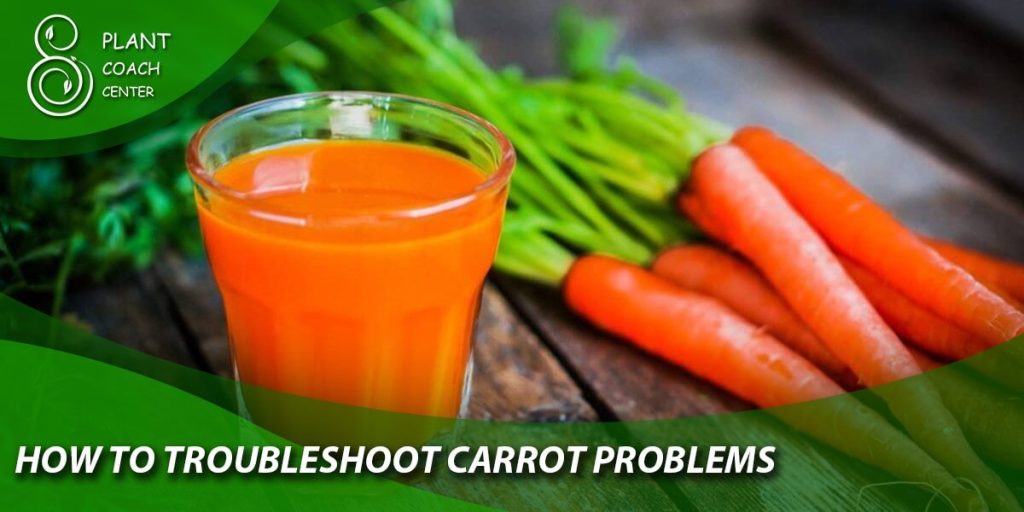
How to Troubleshoot Carrot Problems
If you encounter any of the problems listed above, here are some steps you can take to troubleshoot them:
– Identify the problem: Observe the plants and look for signs of pests, diseases, or other issues.
– Take action: Depending on the problem, you may need to remove affected plants, apply an organic pesticide or fungicide, or amend the soil.
– Prevent future problems: To prevent future problems, practice good gardening habits, such as crop rotation, soil testing, and proper watering.
Conclusion
Knowing when to plant carrots is essential to ensuring a successful harvest. By considering the factors discussed in this article, you can choose the right time to plant carrots in your climate and soil type. Additionally, by understanding and addressing common problems, you can troubleshoot issues and enjoy a bountiful carrot harvest.
When should I plant carrots?
Carrots can be planted as soon as the soil can be worked in the early spring or late summer for a fall harvest.
Can carrots tolerate frost?
Carrots are cold-hardy and can tolerate light frosts. In fact, cool temperatures can enhance their flavor. However, it's important to avoid planting them in frozen or waterlogged soil.
How long does it take for carrots to grow?
Carrots typically take 70 to 80 days to reach maturity, but this can vary depending on the variety.


